Chief Tecumseh
by: Michael Laprade
Living on an island, we are always on the lookout for marauders who might want to raid us. Our island is between two larger islands, Hill Island and Wellesley Island; one Canadian with an undeveloped federal park behind us and the other an American island in front of us. We are in the middle of the International Rift between them.
We may well be very close to civilization, but the fact is that there are only two cabins we can actually see from our place. Two summers ago, I took to our point to ward off approaching forces (who knows, they could have been pirates!) when my wife saw me and decided that I needed help. In more ways than one . . .

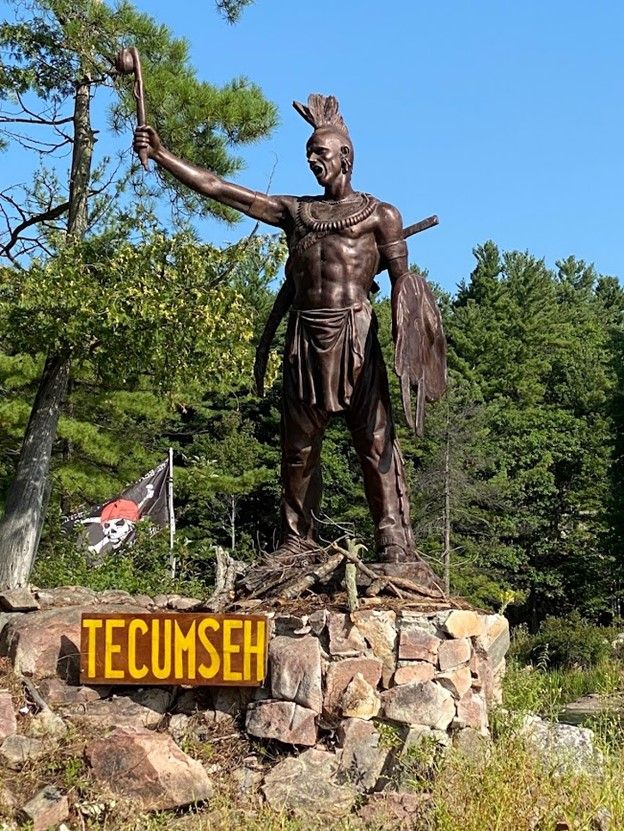
So, we commissioned a life size bronze that took 18 months to cast and to finally get him on full time duty to give me a break. This is only the second bronze piece we have ever purchased, and at one time, we had envisioned a large eagle for here. But, being on a Canadian island, Tecumseh seemed to fit the local history and environment perfectly.
My wife and I often do not share the same taste in art, so when we find a piece that we both like, we jump on it. And so, Chief Tecumseh was born. The chief was a Native American Shawnee from Ohio, who fought the Americans in the War of 1812, trying to keep the white man from encroaching on native lands, and who died in what is now southern Ontario, Canada.
A clever fellow, he once outfoxed his enemy by having his 400 warriors parade out from a nearby wood within sight and then circle back around to repeat the maneuver, making it appear that there were many more men under his command than was the case. The fort commander surrendered in fear of a massacre. The victory was of great strategic value to the British allies. Not holding a grudge, the "USS Tecumseh" was a ballistic missile submarine named in his honor in 1962.
Our purchase was hardly like ordering a toaster on Amazon. First, we tried both Canadian and US sources but both were prohibitively expensive. Then we tried China. Messages flew back and forth across the Pacific on modification and details as the wax casting was being made. Being manufactured in China, there was a tendency on the artist's part to think of an 'Indian" as someone from India rather than from North America. Not exactly the same look. Details like Nike tennis shoes were modified to be moccasins. In the end, they got it right and we were provided with photographs of every detail at every stage for our approval, before moving on.
Then, that bad boy began his voyage; 700 miles across China from the foundry to the port of Shanghai, 2,100 miles to the port of Vancouver, Canada, and 2,300 miles by train across the North American continent to Montreal, where we picked him up at last. (8,200+km)
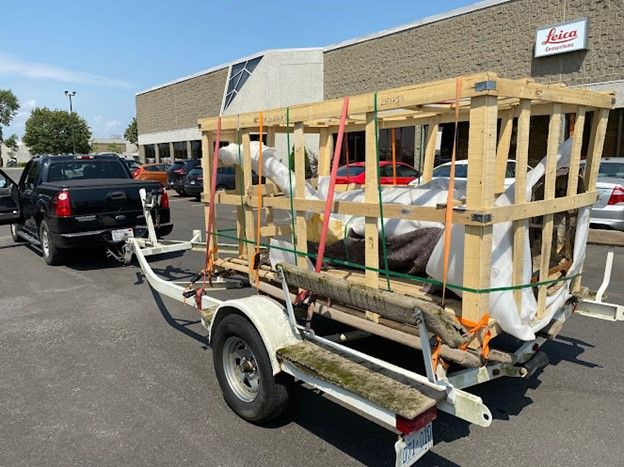
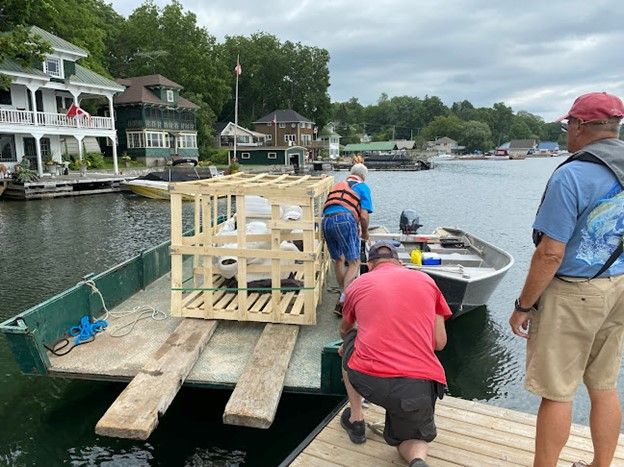
Clearly, getting the 600 pound (280 kilo) Chief in place was a serious undertaking that required many strong, smart friends. So, once loaded on the trailer, we made the 250km trip to the islands
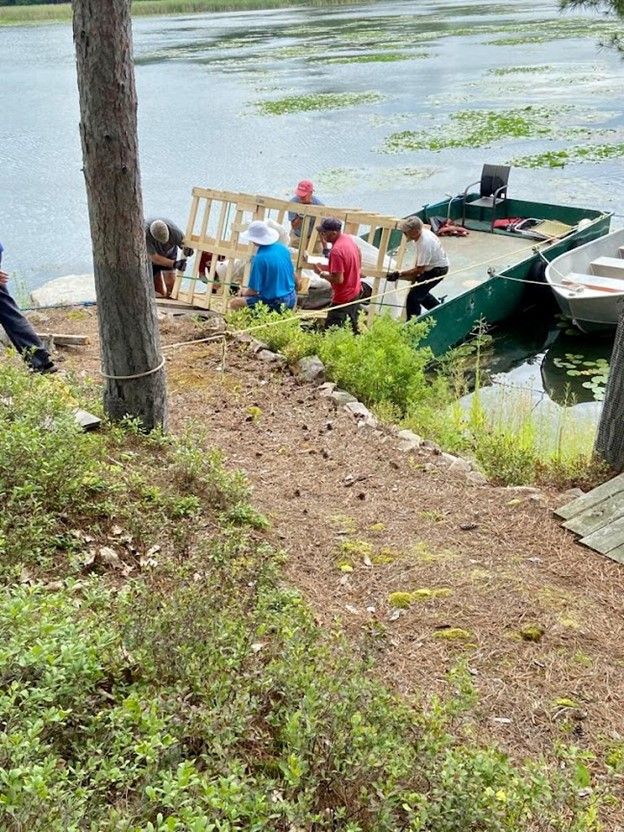
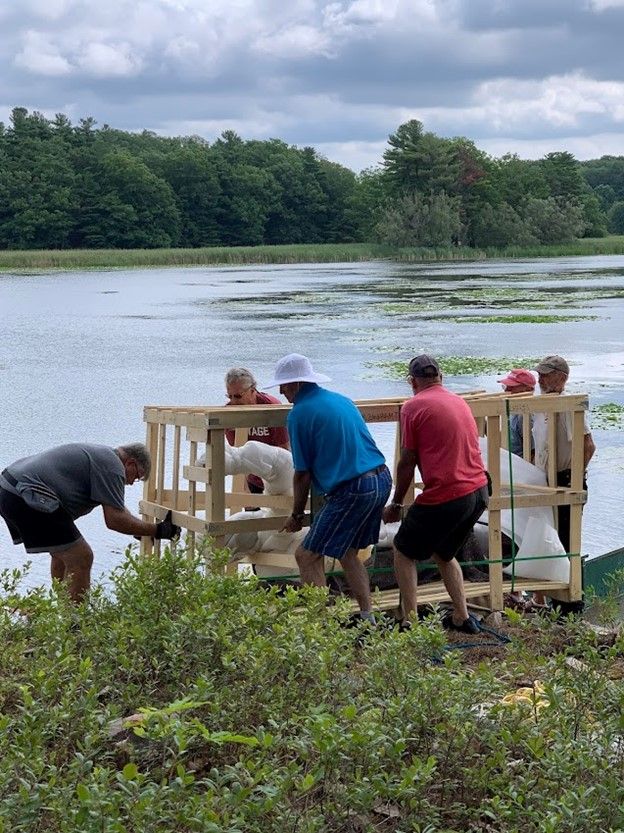
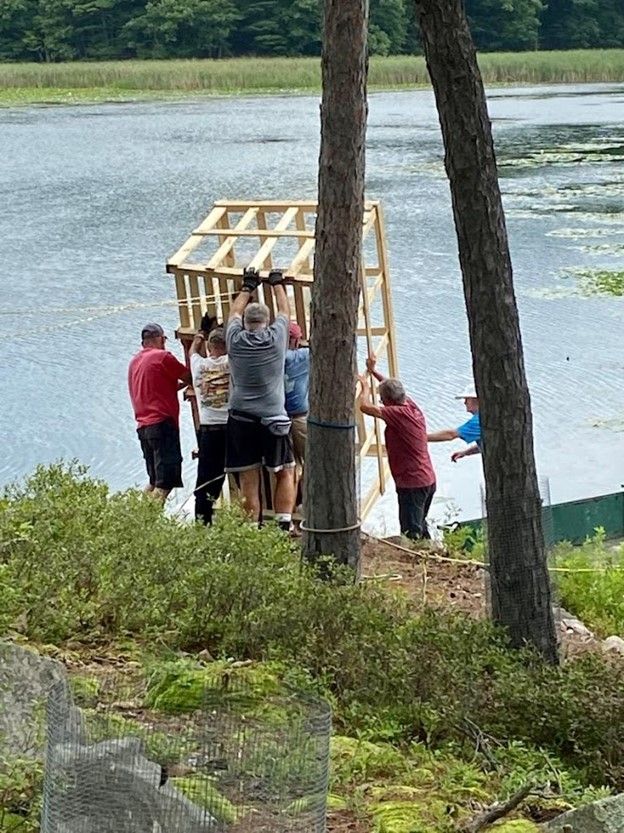
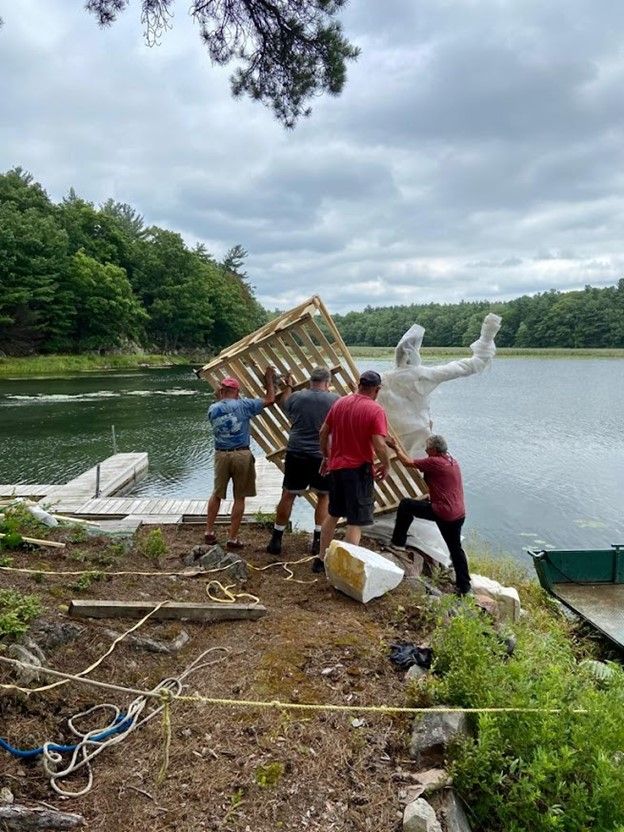
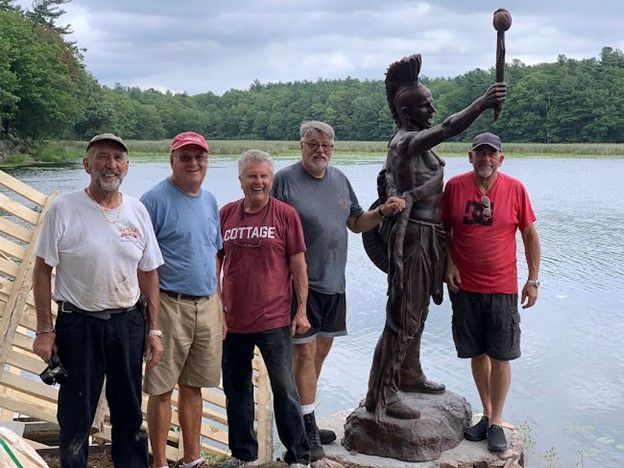
By Michael Laprade
Michael Laprade and his wife Janice are retired Californians, who spend the summer at their “Honey Bee Island” property. It is located in the International Rift, between Blacksnake Passage at the mouth of Lake of the Isles and the stone span of the US / Canadian Customs Bridge. Michael, is a former prison administrator, and also is a Professional Magician. In October 2013, Michael and Janice wrote Honey Bee Island’s Little Free Library article, for TI Life, as well as I Was the Pilot, September 2016, Boarding of the SS Honey Bee, January 2018.



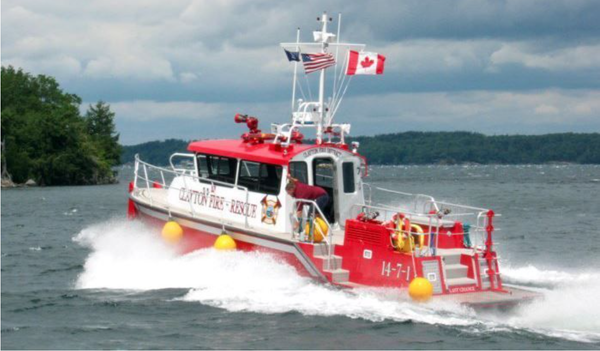


Please click here if you are unable to post your comment.